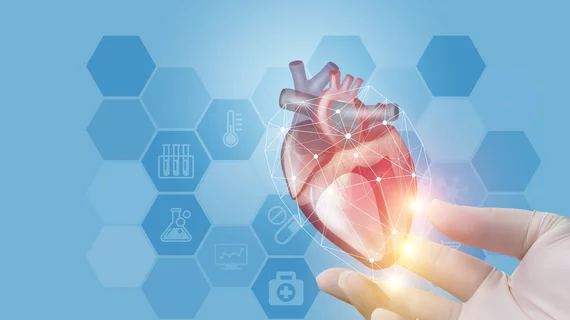A team funded by the National Institutes of Health has succeeded in growing human acellular vessels (HAVs)—implantable, bioengineered human blood vessels—to replace damaged vasculature in patients with end-stage kidney failure.
NIH Director Francis S. Collins, MD, PhD, said in a blog post that HAVs could one day be a valuable option for dialysis patients or those undergoing cardiac procedures like coronary bypass surgery. It’s Heather Prichard’s, of Humacyte Inc. in Durham, N.C., and her colleagues’ job to grow the acellular vessels, which can run up to 16 inches long and 0.2 inches wide.
Prichard and her team build HAVs by starting with a lightweight, biodegradable polymer mesh scaffold that they then seed with cells extracted from human donor tissue. The vessel incubates for eight weeks in a lab-based 3D bioreactor system designed to dispense nutrients and mechanical pulsations in a fashion similar to that of an intact human circulatory system.
After two months of growth, Prichard and her colleagues remove all the living cells from the HAVs, leaving just a shell of collagen.
“It forms a non-living replacement vessel that retains the physical and mechanical integrity of a human blood vessel,” Collins wrote. “But, because these HAVs don’t have cells, they potentially can be surgically implanted into any human patient without risk of an immune reaction.”
The idea is that when an HAV is implanted in a patient, that patients’ own cells infiltrate the bioengineered vessels, eventually producing and building up layers of living tissue that morph the HAV into a functional, live blood vessel. The technique has been tested in more than 240 individuals to date, all of them end-stage renal failure patients whose HAVs were implanted into the upper arm area.
Patients underwent dialysis three times a week while their HAVs grew for between 16 and 200 weeks. Early results found the bioengineered vessels to be safe and fully functional, though Collins noted more research is required before any solid conclusions can be made.
“What’s potentially game-changing about HAVs is they offer the same 'off-the-shelf' ease of a plastic tube but with the advantages of living tissue,” he wrote. “Those advantages include the ability to fight infection and self-heal from the inevitable injury that comes with repeated needle pokes.”
Collins said the majority of HAV work to date has been in kidney dialysis patients, but a current trial is testing the potential of the vessels to improve blood flow in patients with peripheral artery disease. He said Prichard also sees potential for HAVs in heart surgery and the treatment of congenital defects and traumatic injuries.
“Not bad for an object that looks like an ordinary plastic tube,” he wrote.

